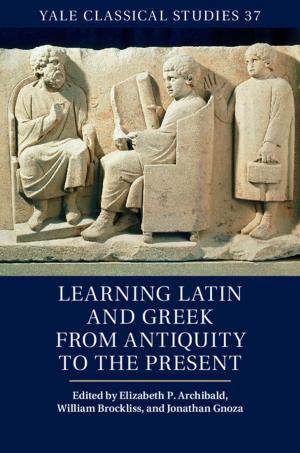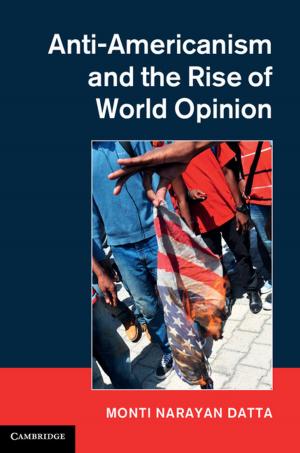Primate Tourism
A Tool for Conservation?
Nonfiction, Social & Cultural Studies, Social Science, Anthropology, Science & Nature, Science| Author: | ISBN: | 9781316053669 | |
| Publisher: | Cambridge University Press | Publication: | September 11, 2014 |
| Imprint: | Cambridge University Press | Language: | English |
| Author: | |
| ISBN: | 9781316053669 |
| Publisher: | Cambridge University Press |
| Publication: | September 11, 2014 |
| Imprint: | Cambridge University Press |
| Language: | English |
Primate tourism is a growing phenomenon, with increasing pressure coming from several directions: the private sector, governments, and conservation agencies. At the same time, some primate sites are working to exclude or severely restrict tourism because of problems that have developed as a result. Indeed, tourism has proven costly to primates due to factors such as disease, stress, social disruption, vulnerability to poachers, and interference with rehabilitation and reintroduction. Bringing together interdisciplinary expertise in wildlife/nature tourism and primatology, experts present and discuss their accumulated experience from individual primate sites open to tourists, formal studies of primate-focused tourism, and trends in nature and wildlife tourism. Chapters offer species- and site-specific assessments, weighing conservation benefits against costs, and suggesting strategies for the development of informed guidelines for ongoing and future primate tourism ventures. Primate Tourism has been written for primatologists, conservationists and other scientists. It is also relevant to tourists and tourism professionals.
Primate tourism is a growing phenomenon, with increasing pressure coming from several directions: the private sector, governments, and conservation agencies. At the same time, some primate sites are working to exclude or severely restrict tourism because of problems that have developed as a result. Indeed, tourism has proven costly to primates due to factors such as disease, stress, social disruption, vulnerability to poachers, and interference with rehabilitation and reintroduction. Bringing together interdisciplinary expertise in wildlife/nature tourism and primatology, experts present and discuss their accumulated experience from individual primate sites open to tourists, formal studies of primate-focused tourism, and trends in nature and wildlife tourism. Chapters offer species- and site-specific assessments, weighing conservation benefits against costs, and suggesting strategies for the development of informed guidelines for ongoing and future primate tourism ventures. Primate Tourism has been written for primatologists, conservationists and other scientists. It is also relevant to tourists and tourism professionals.















